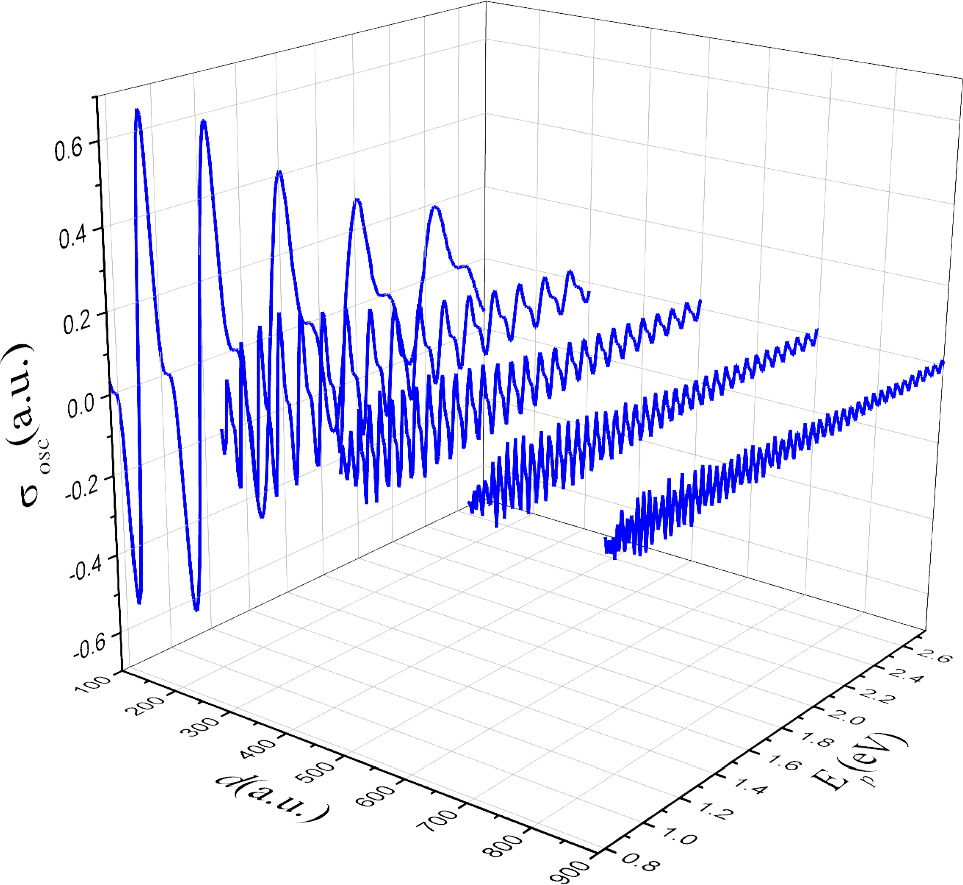https://doi.org/10.1140/epjd/s10053-025-01021-x
Regular Article - Atomic Physics
Photodetachment in a soft confinement potential
School of Physics and Optoelectronic Engineering, Ludong University, 264025, Yantai, China
Received:
30
March
2025
Accepted:
5
June
2025
Published online:
20
June
2025
Soft confinement potential provides a more realistic model for physical systems, such as many-body interactions, atomic clusters, and ion trap, making it a hot topic of current research. In this study, the photodetachment dynamics of the H− ion in a soft confinement potential ((z/d)N) is investigated using closed orbit theory (COT). The photodetachment cross section (PCS) of this system is shown to be highly sensitive to the stiffness (N) and confinement width (d) of the potential. When N is odd, the photodetachment dynamics resembles that in a uniform electric field, resulting in a relatively simple oscillatory structure in the PCS. For even N, the force acting on the detached electron becomes a restoring force, leading to periodic oscillation of the detached electron. This makes the oscillatory structure in the PCS more complex. Additionally, the oscillating amplitude of the PCS decreases as N increases, and for very large N, the PCS approximates that of a system near a hard wall (for odd N) or in a quantum well with two hard walls (for even N). This study highlights that by varying the parameters of a soft confinement potential, researchers can precisely regulate the photodetachment of negative ions in various external field environment. These findings offer valuable insights into how soft confinement potentials affect negative ions, advancing both fundamental research and practical applications, such as photodetachment microscopy, ion manipulation, and ion trap.
Copyright comment Springer Nature or its licensor (e.g. a society or other partner) holds exclusive rights to this article under a publishing agreement with the author(s) or other rightsholder(s); author self-archiving of the accepted manuscript version of this article is solely governed by the terms of such publishing agreement and applicable law.
© The Author(s), under exclusive licence to EDP Sciences, SIF and Springer-Verlag GmbH Germany, part of Springer Nature 2025
Springer Nature or its licensor (e.g. a society or other partner) holds exclusive rights to this article under a publishing agreement with the author(s) or other rightsholder(s); author self-archiving of the accepted manuscript version of this article is solely governed by the terms of such publishing agreement and applicable law.





